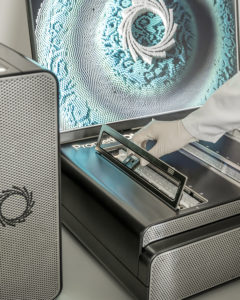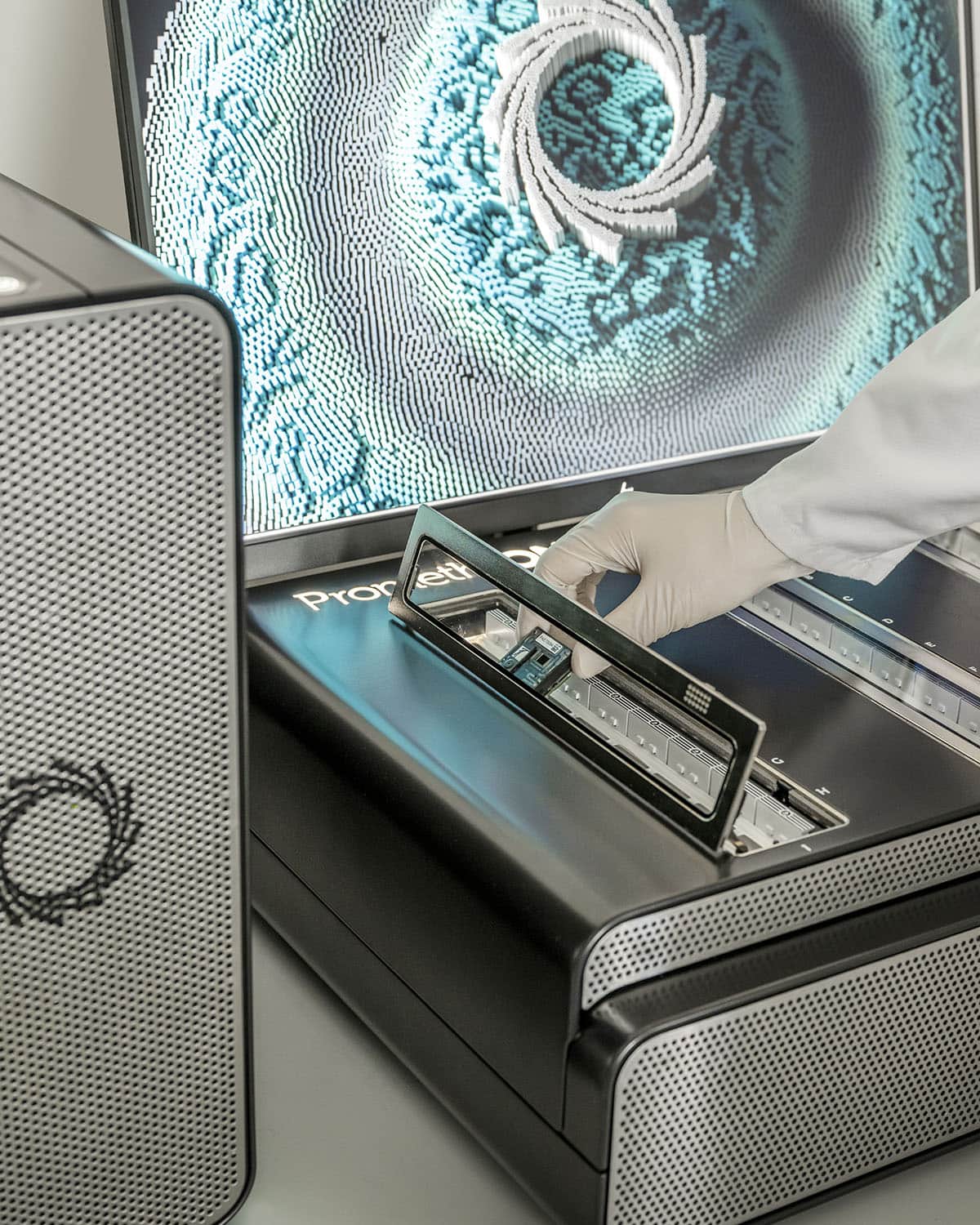 Bragato Research Institute (BRI) has recently completed the new Canterbury-based Grapevine Improvement Laboratory with the installation of the first high-throughput third-generation sequencer in New Zealand. The ‘PromethION’ sequencer, supplied by Oxford Nanopore technologies, generates long-read data that is critical for understanding genetic differences among grapevines, as well as the impact that a vine’s environment has on its genetic traits.
Bragato Research Institute (BRI) has recently completed the new Canterbury-based Grapevine Improvement Laboratory with the installation of the first high-throughput third-generation sequencer in New Zealand. The ‘PromethION’ sequencer, supplied by Oxford Nanopore technologies, generates long-read data that is critical for understanding genetic differences among grapevines, as well as the impact that a vine’s environment has on its genetic traits.
The sequencer is already being put to work to decode the Sauvignon Blanc genome and will be a key tool for rapidly selecting vines with potentially useful new traits in the seven-year Sauvignon Blanc Grapevine Improvement Programme. Most of New Zealand’s Sauvignon Blanc vines are of the same variant, meaning a new pest, disease or environmental change that affects one Sauvignon Blanc vine would likely affect all of them.
The programme aims to make New Zealand’s wine industry more resilient and sustainable, by selecting new traits among spontaneous variants of New Zealand’s premier wine varietal and biggest export while maintaining the characteristic Marlborough Sauvignon Blanc wine flavour and aroma. Traits of interest include improved yield, more tolerance to fungal attack, frost, high temperatures and drought.
Like most plants, grapevines respond to environmental stress by increasing their genetic diversity. The research programme will use this natural response to produce a population of 12,000 entirely new variants of contemporary New Zealand Sauvignon Blanc. Applying the latest genome sequencing technology will BRI to identify plants that exhibit the most useful traits selected by the wine industry within this large population.
The Nanopore sequencer works by passing molecules of DNA or RNA through tiny pores in a membrane and measuring changes in the electrical current flowing through the pores. This allows much longer molecules to be read (up to a million bases and above), enabling the complex parts of genomes that frequently change in response to stress to be studied. The sequence data is generated in real-time and base modifications, which can play a role in regulating gene expression, can be included.
Principal Research Scientist Dr Darrell Lizamore says the PromethION sequencer is “a step-change in the type of DNA sequencing that was available up till now. For us, it’s a way of getting efficiency into the programme, allowing us to do some of the selection almost in parallel with the plant production.”
This capacity is available as a service, and BRI is already working with collaborators across NZ to bring this enabling technology to bear on diverse research challenges. BRI is also offering a limited number of flow cell grants to collaborators to help build NZ expertise with this technology. For more information, or to discuss potential projects, contact: sequencing@bri.co.nz
The programme is funded by MPI’s Sustainable Food and Fibre Future fund, NZW levy, and industry support from participating New Zealand wine companies.
Learn more about the Sauvignon Blanc Grapevine Improvement programme in the video below.

















